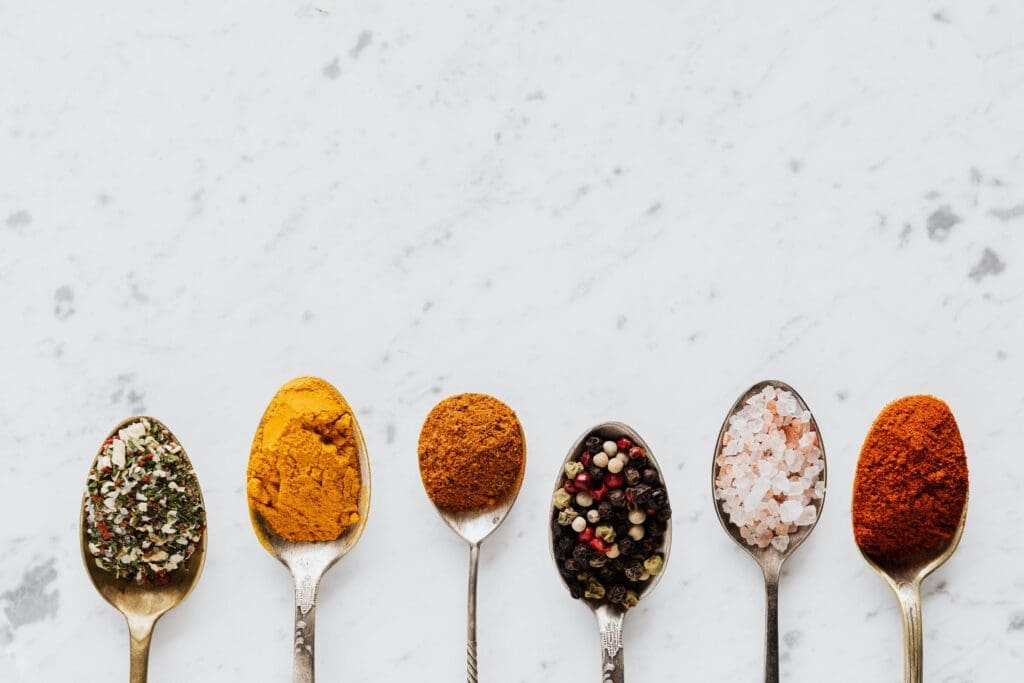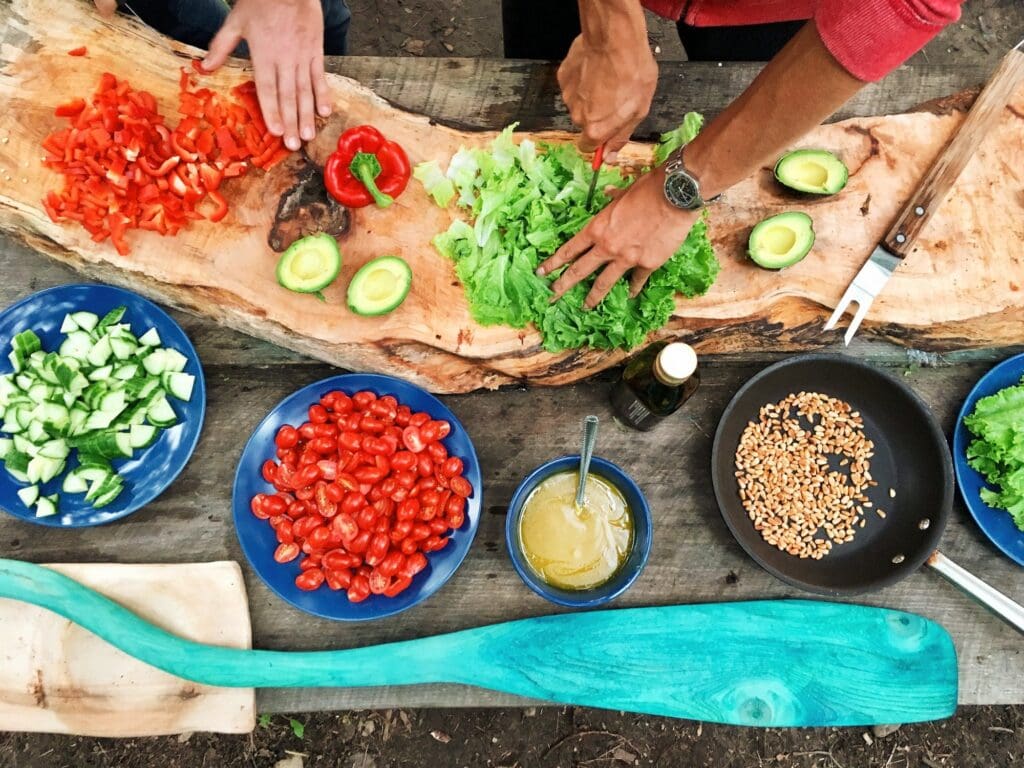Some simple tips to turn your home cooking into restaurant quality food.
Everyone loves eating out, partly for the dining experience, but mostly for the amazing food.
Home cooking although much cheaper and often more convenient, often doesn’t quite taste the same as we have all discovered in recent times.
Everyone strives for home cooked food that tastes like it’s from a restaurant-so what are the shortcuts?
These are the tips that will improve any and everyone’s cooking skills overnight

- Season properly
One of the reasons food at restaurants tastes so amazing is because chefs use generous amounts of seasoning in food, and at the right time.
Salt enhances flavour, but is best to add it at the start to flavour food from within. It also helps vegetables and meat to be tastier and keep their colour. Salt can also be used to give food those delicious crisp edges.
Try adding sea salt flakes, fish sauce, tamari, coconut aminos, anchovies and miso paste to step up your cooking.
To add aromatic notes and complexity to dishes, add whole spices, peppercorns, bay leaves and cinnamon sticks.
Adding freshly chopped herbs at the end of the dish adds colour, freshness and flavour to dishes.
2. Add acid
Food can taste ‘flat’ when it doesn’t have enough acid to make the flavours stand out. Acid also helps to brighten the colours of food and break down collagen in meat, making it more tender.
Add citrus juice, vinegar, wine, tomatoes or yogurt to dishes to enhance flavours.
These acids can be cooked with the rest of the food or added after, such as in a dressing.

3. Cooking with room temperature ingredients
Cooking with ingredients at room temperature helps them cook more evenly and blend together better, rather than at fridge temperature. So, take all refrigerated items out of the fridge at least 30 minutes before cooking.
Particularly when baking, make sure eggs and butter at room temperature (the exception being pastry) to help ingredients combine more evenly. This will result in fluffier cakes, smoother icing and crisper biscuits.
Using room temperature eggs helps them stay together and not split or scramble when making sauces.
4. Not overcrowding pans
When too many ingredients are in one pan, the food steams and becomes soggy rather than becoming crisp and caramelised. Each piece of food needs enough heat and surface area to cook and crisp correctly.
For large pieces of meat, cook in separate batches if needed to ensure it is all cooked equally. If braising, always return resting juices from cooked meat to the pan for flavour.
Remember; colour equals flavour.
5. Shorter cooking times
When vegetables are overcooked, they become soggy and grey, instead of being crisp and bright. When food is overcooked it also loses nutrients, as some nutrients are water soluble and can be cooked away. Keep cooking time minimal for veggies so they maintain their best qualities.
Overcooking meat can result in tough, dry, chewy meat that is unpleasant to eat, instead of being tender and juicy. Unless it is being slow cooked over low heat, try to cook for a minimal time. Meat cooks well after you take it off the heat, so take it off earlier and let it rest, see point 8.

6. Taste whilst cooking
Tasting while cooking allows flavours to be checked and balanced if needed. Food can be too salty, too spicy or bland, and tasting along the way means that these mistakes can be corrected before it is too late.
Always taste the final dish before it is served to check it isn’t missing anything.
7. Don’t burn garlic
Garlic should only be cooked in a pan for around 30 seconds, any longer and it starts to burn. Add denser vegetables such as carrot, celery and onion to cook first as they need more time to soften, then add garlic towards the end. To avoid burning these denser vegetables, season with salt first, which releases their moisture and enhances their flavour.
8. Letting meat rest
When meat rests after being cooked, the muscle fibres relax and juices from cooking are soaked up to give the meat more flavour and make it more tender. Meat that hasn’t been rested will be dry when it is cut into, and the juices will run out onto the plate.
Try to rest meat for half the cooking time, for example, if the meat was cooked for ten minutes, rest for five.

9. Prepping food before cooking
Having ingredients measured, cut, sliced and sorted before cooking makes the whole process a lot easier.
For cooking dishes like stir fries that need a lot of vegetables to be added in a short period of time, having everything prepped avoids overcooking.
Having everything organised also means that if anything is missing, it can be checked before cooking begins and bought before it is too late.
10. Crisp Skin
Too often skin is soggy, instead of being crispy and delicious. This is because of moisture in the skin that stops it from drying out and crisping up.
Pat dry the skin with paper towel before cooking, or if time allows, place the meat skin side up uncovered in the fridge so it can air dry.
Another hack is to use the cold air setting on a hairdryer and blow all over the skin to dry it out before cooking.
11. Using quality fats
Fats add flavour, moistness, richness and texture to food whilst helping it cook. Olive and coconut oils are generally best to cook with, but depending on the dish, avocado, macadamia, sesame and peanut are good alternatives.



